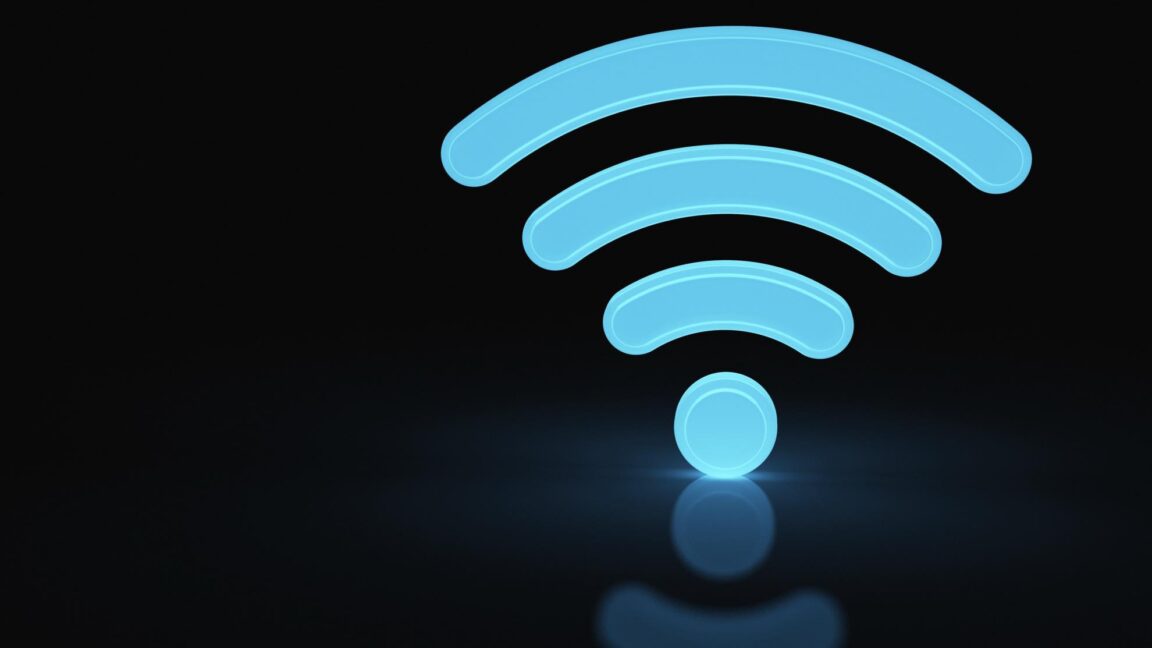INSUBCONTINENT EXCLUSIVE:
Michael Calabrese of New America's Open Technology Institute told Ars that 6 GHz and CBRS "are the most vulnerable non-federal bands for
be off-limits either because it's specifically excluded or because it would be more difficult to reallocate."About half the spectrum in that
range is federal, and then the rest has already been auctioned for cellular mobile use or is assigned to other critical users such as
aviation and satellites," said Calabrese, who directs the Open Technology Institute's Wireless Future Project.Another factor cited by
Calabrese is that the FCC, under Chairman Brendan Carr, is looking to make new spectrum available to low-Earth orbit satellites like those
used by Elon Musk's Starlink network
Carr is also "the leading champion of 5G in the mobile industry" and inclined to devote more frequencies to mobile carriers, Calabrese
said.Feld said the 6 GHz Wi-Fi spectrum would be a likely target because deployments in the band are just starting
By contrast, the 2.4 GHz and 5 GHz bands have been allocated to Wi-Fi for a long time, are heavily used, and modifying existing devices to
stop using parts of the bands would be impractical.Arguing that 6 GHz is crucial for Wi-Fi's future, Calabrese said that "the bottleneck
limiting home and business broadband capacity is no longer the Internet connection, but the quality of the Wi-Fi
Most Wi-Fi still relies on a much smaller amount of unlicensed spectrum at 2.4 and 5 GHz, which limits throughput to about 400Mbps and
connects fewer devices to the same access point."The Wi-Fi 6E standard adds support for 6 GHz spectrum, and the in-development Wi-Fi 7 will
take full advantage of the band, Calabrese said
"By leveraging access to the entire 6 GHz band, Wi-Fi 7 can nearly double speeds, support hundreds of devices in a location, prioritize
lag-sensitive applications like real-time video, and support emerging future apps such as virtual reality and telepresence that will be used
almost entirely indoors," he said.

